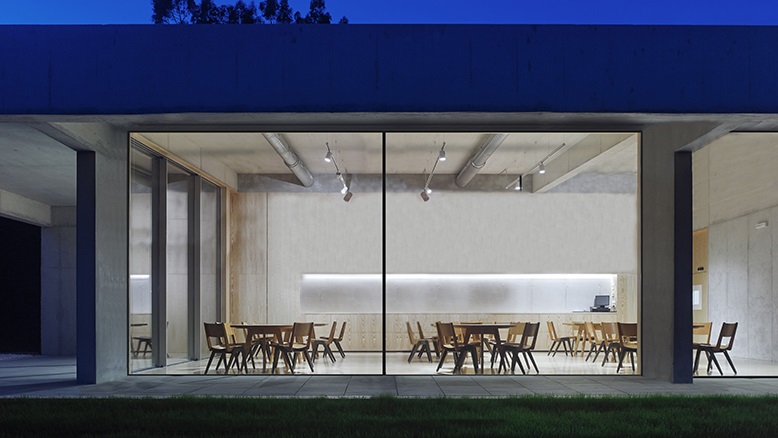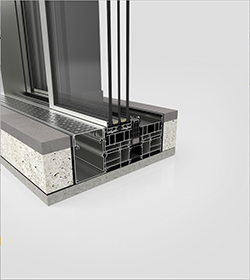New Dune eVo ceiling tile range helps architects meet targets around sustainability and acoustics
Architects striving to design more sustainable and attractive modern buildings are being given a helping hand by Armstrong Ceiling Solutions, after the company launched a range of new ceiling tiles, all of which are 100% recyclable. The range has been designed to provide class leading visuals and improved acoustic performance through a new surface which is both brighter and smoother.
Armstrong’s new Dune eVo range is the next evolution in ceiling tiles. It includes a full mix and match ceiling portfolio: Dune eVo, Dune eVo dB and Dune eVo Max, giving architects complete acoustic and design flexibility for every space. Dune eVo is also the first ceiling system in the industry to gain *cradle-to-cradle accreditation.
The Dune eVo range has been designed to enable architects to specify ceiling systems which not only demonstrate high performance in use, but which also offer sustainability benefits through the choice of raw materials used in production. Furthermore, the range includes a full recycling offer, free to the user at the end of the ceiling tile’s life.
Armstrong has designed the Dune eVo range to project a more modern appearance in building projects, with uniform finish, allowing architects to specify ceilings which are not only sustainable but which can enable modern buildings to achieve a premium aesthetic. This is particularly important as architects continue to design environments which positively affect occupant health, well-being, and productivity.
The fifth evolution of Armstrong’s popular Dune tile, first launched in 1984, the Dune eVo range follows the Dune Supreme range and has been developed following feedback from customers. The result is a range of attractive and effective ceiling systems, which can be re-used multiple times, taking both the ownership lifecycle and occupancy well-being to new heights.
Graham Taylor, Sales Director for the UK, Ireland and Southern Africa at Armstrong Ceiling Solutions, commented: “We understand that architects are always looking to build more attractive buildings to create an aesthetic which improves the places where people work, live, and play. Those buildings that achieve this typically attract more investment and enhance the wellbeing of building occupants. This is why we have continued to develop our Dune range, re-engineering the product for more effective installation, and creating ceiling systems, which are truly recyclable and can continuously be re-used.”
Sustainability is increasingly becoming a priority for modern construction projects, with the UK’s Construction 2025 strategy revealing that architects can enjoy cost savings over a building’s operational life simply by specifying sustainable materials at the design stage. In addition to delivering environmental benefits to architects, Armstrong’s Dune eVo family of ceiling tiles can also contribute to greater occupancy wellbeing, having been engineered with class-leading whiteness and acoustics to create brighter and better surroundings. The eVo range provides a balanced acoustic performance of up to 0.65 aw, Class C sound absorption, and a sound attenuating performance of up to 39 dB. It also has fewer perforations than many standard ceiling tiles to create a uniform, smooth and contemporary finish. Furthermore, Dune eVo has also been designed to have a reinforced fully painted edge, making it more durable and resilient both in storage and application.
Graham Taylor continued: “Our Dune range has been extremely popular amongst architects for the last 33 years so when it came to developing the range even further, we wanted to create products which add value at every stage of a building project, from design and specification, through to build and beyond. The result is fully recyclable and sustainable products for architects, with enhanced acoustics, which are easy to handle and install, and which pass on further benefits post installation, to building occupants. This fits with our mission to positively impact the spaces where people live, work and play.”
The Dune eVo ceiling range was officially launched on June 21, 2017, during an exclusive event at Mercedes World.
*Please note, the Dune eVo Db product is not C2C certified




